Author: Gargi Guha
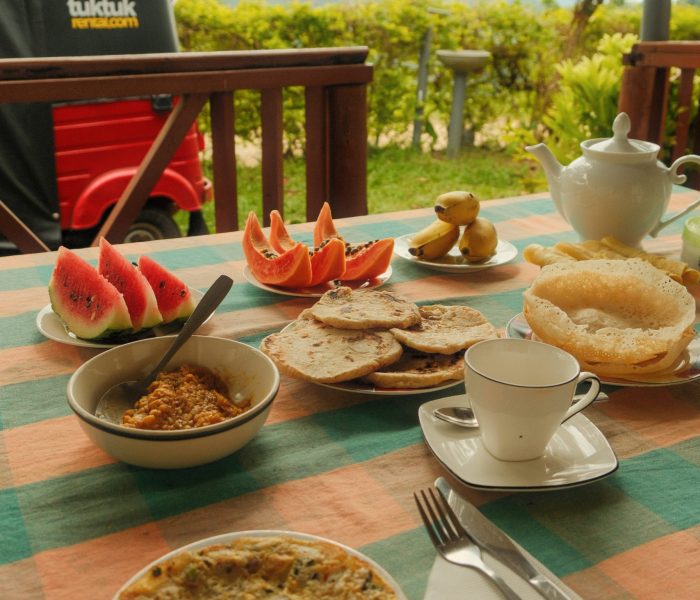
For a small country, Sri Lanka’s food certainly packs a mighty punch with its mind-boggling diversity. As a result, the island offers a vibrant medley of flavors.
A Melting Pot of Flavors
Sri Lanka is rich in culture, heritage, and fresh produce. However, its location was the real game changer. Because of this, the country’s position as a central hub for global trade created a unique cuisine. It was famously called “The Spice Island” for a reason; specifically, it was full of fragrant spices like cinnamon, pepper, nutmeg, and cloves. Consequently, this natural abundance attracted many nations.
Initially, ancient traders from Arabia, China, and India saw this wealth of spices. Over time, however, conquests and royal marriages brought new influences. Subsequently, Dutch, English, Malay, and Indian traditions blended with local ones. This fusion created a new cuisine that was aromatic, nuanced, and vibrant. Indeed, the spice trade was rampant, and for centuries, colonial powers like the Portuguese, Dutch, and British tried to control it.
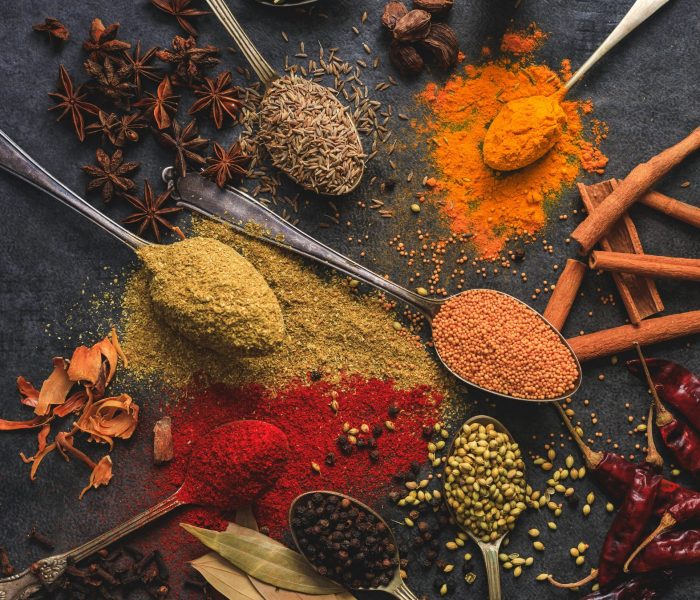
Influences on Sri Lankan Cuisine
Aromatic spices, coconut, and rice characterize Sri Lankan food. In fact, every dish tells a story. It speaks of lush vegetation and wild conquests, but it also reflects encounters with traders, colonizers, and neighboring cultures. The result is a rich, technicolored, and multi-sensory experience.
Malay Influence
For instance, the Malay community introduced fragrant dishes like sambol and Malay pickle. These popular condiments elevate every meal and add an interesting new dimension.
British Influence
Similarly, the British brought their tea culture to Sri Lanka. Along with it came the indulgent Afternoon Tea. Consequently, people enjoyed unhurried conversations over scones and pastries, often spiced with a touch of cinnamon and cloves. They paired these treats perfectly, of course, with cups of Ceylon Tea.
Dutch Influence
During the 17th-century Dutch rule, people considered Sri Lankan cinnamon the finest in the world. As a key port, Galle Fort was essential for exporting this spice to Europe. In addition to trading, the Dutch also added unique dishes to the national cuisine, like lamprais and kokis.
Indian Influence
Finally, neighboring India is just across the water. Its influence is quite evident, for example, in dishes with Indian roots like hoppers. This is also a well-loved breakfast staple in Kerala.
A Dozen Must-Try Sri Lankan Dishes
Here are twelve essential dishes you should try during your visit.
1. Hoppers (Appam) and String Hoppers (Idiyappam)
Hoppers came from a marriage of cultures with neighboring India. For instance, appams are soft, pillowy pancakes made with fermented rice batter and coconut milk, while idiyappams are delicate nests of thin rice noodles. In Sri Lanka, people serve hoppers with lunu-miris (a chili paste) or seeni sambol (a sweet onion relish). String hoppers, on the other hand, often come with kiri hodi (coconut milk gravy) for breakfast. For dinner, however, you can expect heartier curries with chicken, fish, or beef.
2. Sri Lankan Crab Curry
Sri Lankan crab curry, also known as Jaffna crab curry, is an unforgettable dish. The sweet crab meat, coconut milk, and spices come together beautifully. As a result, it is hot, spicy, and gloriously messy. It therefore invites you to eat with pure delight. Ministry of Crab in Colombo is perhaps the most famous place to enjoy the island’s best mud crabs.
3. Parippu (Dal Curry)
Parippu is a red lentil curry made with masoor dal. Indeed, it is a staple in every household. People flavor it with coconut milk, curry leaves, and spices, making this dish both light and flavorful. Moreover, it is also vegan, gluten-free, and packed with protein.
4. Pol Sambol (Coconut Relish)
Pol sambol is a vibrant relish and another staple in Sri Lankan cuisine. Its main ingredient is, of course, freshly grated coconut. It also has chili, lime juice, salt, and sometimes shallots. People typically grind the ingredients in a mortar and pestle, which is a time-honored tradition.
5. Polos (Green Jackfruit Curry)
Polos is another delicious vegan dish. It features baby green jackfruit simmering in a creamy, spiced coconut gravy. In fact, when cooked well, you can’t distinguish the texture of the pieces from pulled pork.
6. Kottu Roti
Kottu roti is now a global favorite for Sri Lankan street food. Interestingly, it originated in the Eastern Province in the 1960s. It was originally an inexpensive meal using leftover roti. The name itself comes from the Tamil word “kottu,” which means “to chop.”
7. Wambatu Moju (Eggplant Pickle)
Wambatu moju is a pickle or condiment. However, it elevates any dish it accompanies. It is spicy, tangy, and delicious. Cooks make it with sautéed brinjal, onions, garlic, and tomatoes. All in all, this is a great side dish that can take any meal up a few notches.
8. Fish Ambul Thiyal (Sour Fish Curry)
You must try this sour fish curry. Typically, cooks make it with a large, meaty fish like tuna. They then sauté it in a blend of spices, including black pepper, cinnamon, and turmeric. The key souring agent, however, is goraka, also known as Malabar tamarind, which grows in Sri Lanka.
9. Kukul Mas Curry (Chicken Curry)
Kukul mas is a Colombo-style traditional chicken curry. You can enjoy it with rice or roti. Ultimately, coconut milk and aromatic spices add magic to this simple dish. Many Sri Lankans say it tastes of nostalgia, reminding them of their grandmothers.
10. Lamprais Lamprais
Is essentially Sri Lankan history wrapped in a parcel. It is a gift from the Sri Lankan Burgher community. Each banana leaf package contains meat, rice, and a combination of condiments. Furthermore, the banana leaf also doubles as a plate.
11. Watalappam Watalappam
Is a glorious sweet ending to any Sri Lankan meal. Immigrants from Malaysia and Indonesia brought it to the country in the 18th century. It is a simple but delicious, lightly spiced crème brûlée fragrant with cardamom. The palm jaggery and coconut, in addition, give the dish a nutty and silky mouthfeel.
12. Kiri Bath (Milk Rice)
Kiri bath is a special type of rice. Specifically, people cook it with thick coconut milk. It is traditionally eaten during the Sinhala New Year and other special occasions.
Sri Lankan Food Goes Global
Indeed, Sri Lanka is a little island with big flavors. It is now gaining its moment in the sun on the global stage. For example, the UK has embraced this cuisine with popular restaurants like Hoppers in London. Meanwhile, the US is also slowly waking up to the big flavors of this culinary tradition.
While in Sri Lanka, the best way to enjoy these treats is at small, authentic restaurants. Or, even better, in a local person’s home.
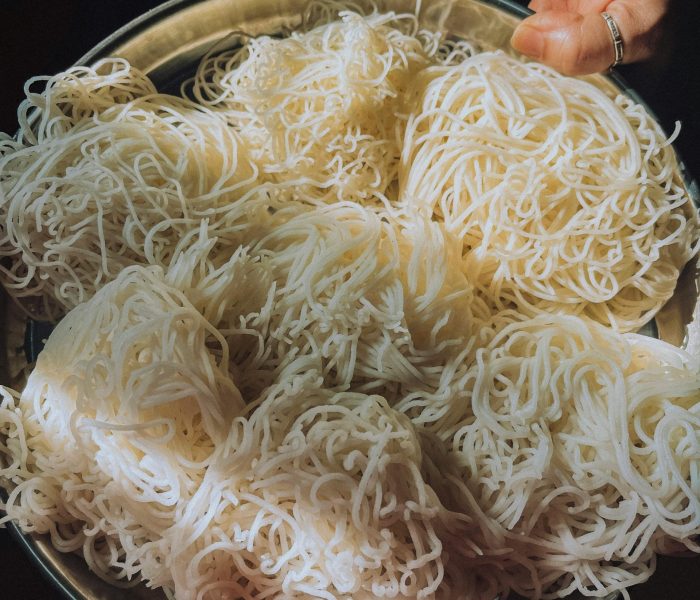
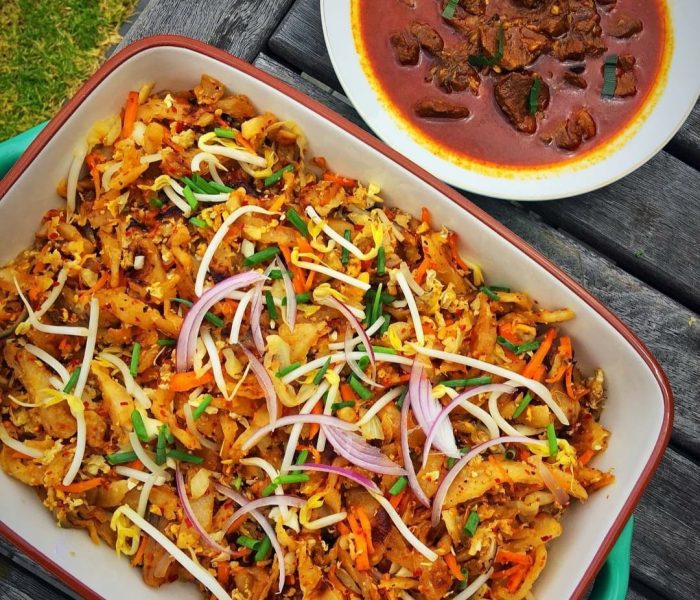
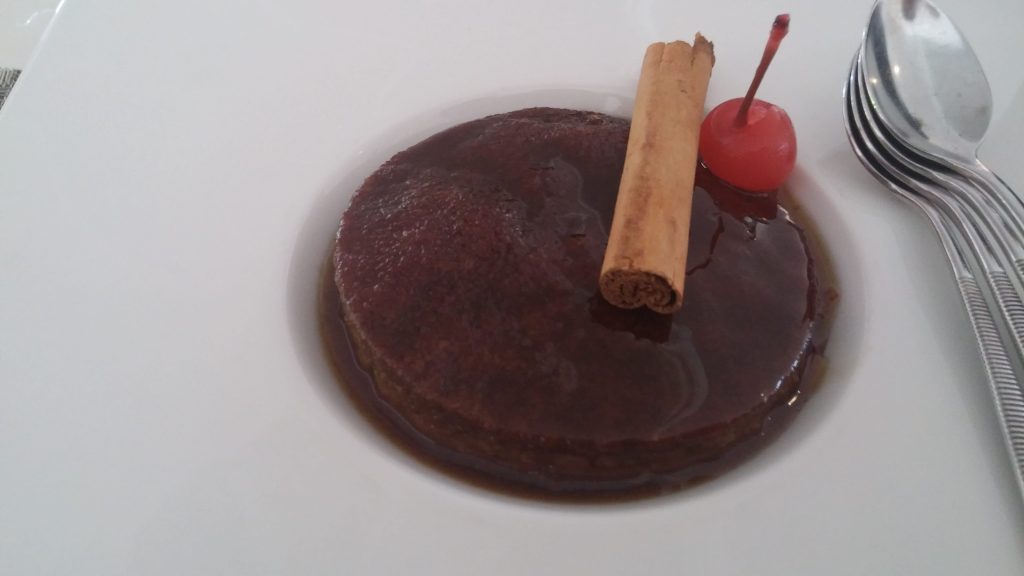
Sri Lanka is a little island with big flavours and gaining its moment in the sun on the global platform.
The UK has embraced this cuisine and highly popular restaurants have opened in the UK, including Hoppers in London and The Coconut Tree in Cheltenham, while the US is slowly waking up to the big flavours of this culinary tradition.
While in Sri Lanka, the best way to enjoy these treats is in small restaurants that serve authentic food or a local person’s home.
You might also consider downloading the Tuktukrental Travel App. It features offline maps, offbeat recommendations and even helps fellow tuktuk-ers on the road connect for information or just a few post drive beers – or the local Sri Lankan arrack if you are feeling adventurous!



